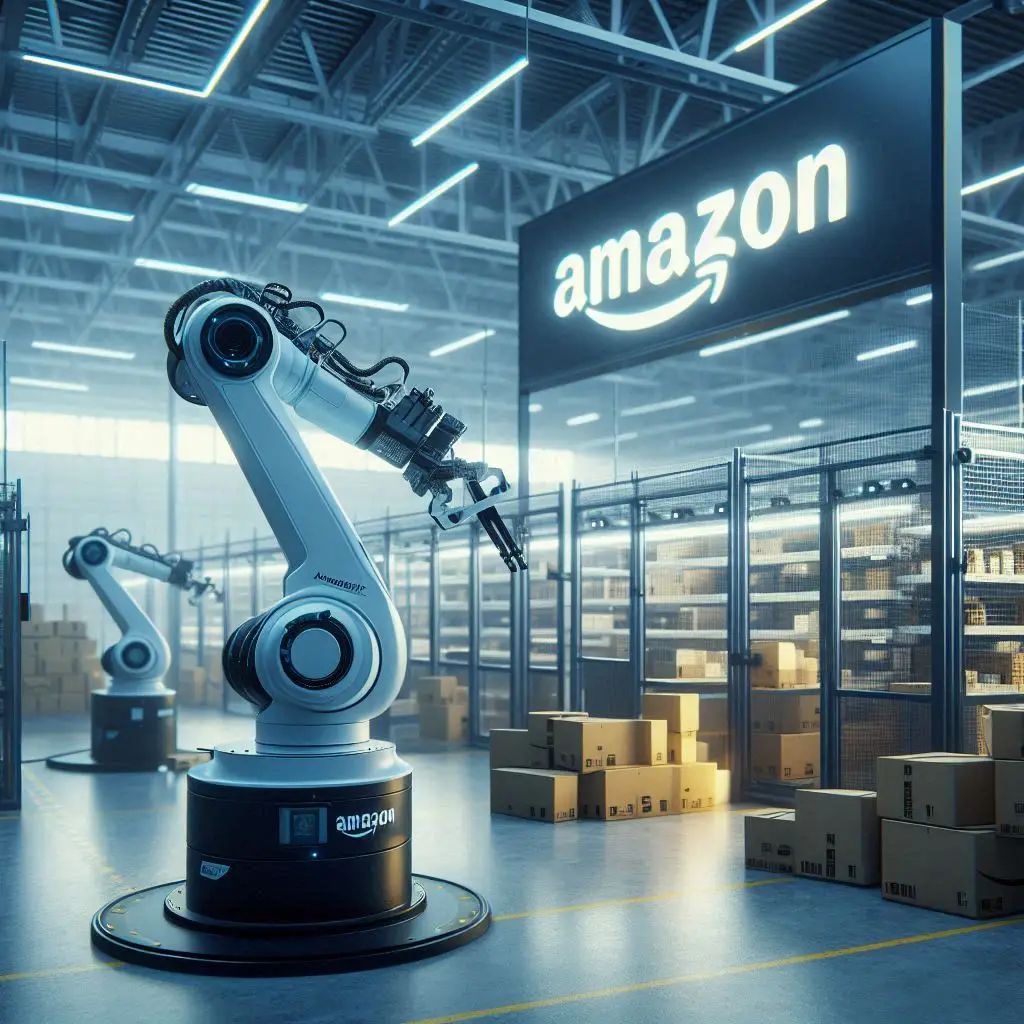At its Delivering the Future event on Wednesday, Amazon announced a groundbreaking step forward in logistics and automation with plans for new robot-powered delivery warehouses. The first of these next-generation fulfillment centers is located in Shreveport, Louisiana. Spanning a massive 3 million square feet across five floors—equivalent to 55 football fields—this facility is a bold leap into the future of warehouse automation.
Amazon's announcement highlights its commitment to revolutionizing the way goods are stored, sorted, and shipped, leveraging robotics, artificial intelligence (AI), and automation in unprecedented ways. This development represents the culmination of more than a decade of work, dating back to Amazon's 2012 acquisition of Kiva Systems. Since then, Amazon has integrated robots into its workflows, focusing on improving efficiency while minimizing disruptions to regular operations.
Amazon’s Robotic Journey: From Kiva to Sequoia
Amazon’s investment in automation began with its purchase of Kiva Systems, now known as Amazon Robotics. Over the years, the company has gradually introduced robots into its warehouses to support human employees, easing manual tasks like lifting and moving heavy items. The Shreveport warehouse, however, marks a new phase in this evolution a ground-up, greenfield approach where automation and robotics are integrated from the very start of the facility's design.
Some of the notable robotic systems that Amazon will deploy in the new center include:
Kiva-style autonomous mobile robots (AMRs): These robots transport shelves of inventory to human workers, reducing walking time and boosting efficiency.
Robin, Cardinal, and Sparrow: Amazon’s robotic arms that handle various stages of the fulfillment process, such as picking and sorting items from storage.
Sequoia: A revolutionary multilevel containerized inventory system that improves speed and safety for employees while storing and picking goods.
The Sequoia system, in particular, is a game-changer. Amazon revealed that Sequoia can hold more than 30 million items five times the capacity of the initial system deployed in Houston last year. This high-capacity storage will allow Amazon to maintain larger inventories and fulfill customer orders faster than ever before.
The Role of AI and Robotics Experts
Amazon’s focus on AI in the new fulfillment centers is evident in its recent recruitment of robotics experts, including Covariant co-founders Pieter Abbeel, Peter Chen, and Rocky Duan. These hires are expected to play a pivotal role in integrating AI throughout Amazon’s robotics ecosystem. The challenge lies in getting different robotic systems to work in harmony—a task that was once considered impossible due to limitations in hardware and communication between systems. However, with advances in machine learning and AI, these obstacles are now being overcome.
The Shreveport facility will serve as a testing ground for how AI can optimize the interaction between different types of robots, ensuring they work together efficiently without human intervention. Yet, as Amazon is quick to note, there will still be humans involved in overseeing these systems, ensuring that the integration of robots into the workplace remains seamless.
Impact on Employment
Despite the influx of robotics, Amazon emphasizes that human workers remain a crucial part of the fulfillment process. The new Shreveport warehouse is expected to employ 2,500 people once fully operational. These employees will work alongside robotic systems to manage inventory, supervise operations, and handle tasks that are still better suited to human capabilities. In fact, the integration of robotics is aimed at creating a safer and more efficient environment for workers by reducing physically demanding and repetitive tasks.
This hybrid workforce of humans and robots reflects Amazon’s vision of the future: an environment where cutting-edge automation supports, rather than replaces, human labor. With new automation tools like Sequoia and advanced AI platforms, Amazon can deliver goods faster while keeping its workforce engaged in meaningful tasks.
A New Era in Fulfillment: Shreveport and Beyond
The Shreveport fulfillment center represents the future of e-commerce logistics, where robotics, AI, and humans work in tandem to ensure fast and accurate deliveries. As Amazon continues to push the boundaries of what’s possible in warehousing and supply chain management, the company is setting new standards for efficiency and innovation.
This next-generation fulfillment center is part of Amazon's broader strategy to maintain its dominance in the retail space by constantly improving the customer experience. As these robot-powered warehouses come online, customers can expect quicker delivery times, larger inventories, and overall better service. At the same time, Amazon's commitment to safety and employee well-being ensures that these innovations benefit both consumers and workers alike.
For more information about Amazon’s latest innovations in warehousing, visit the Amazon Robotics page.




Add a Comment: